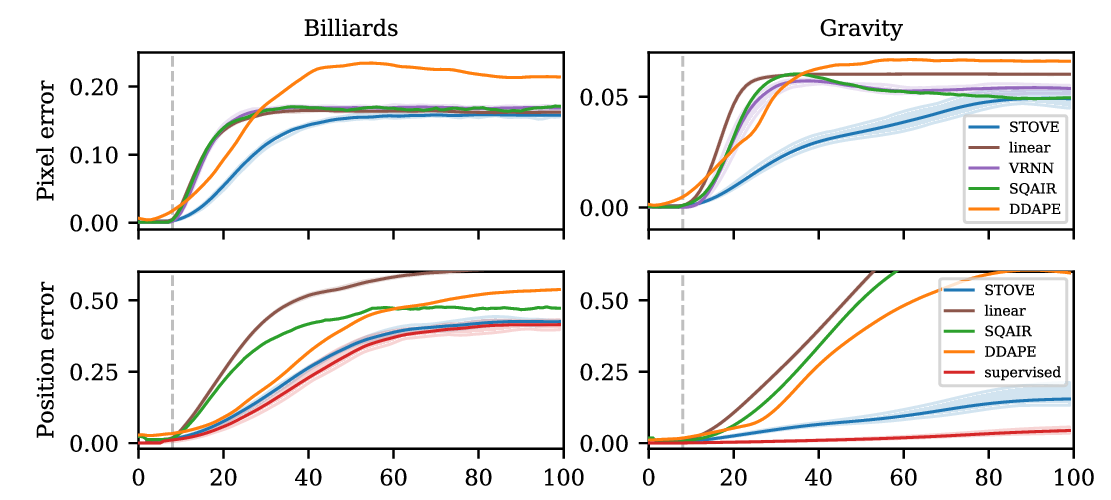Abstract:
Real-world dynamical systems often consist of multiple stochastic subsystems that interact with each other. Modeling and forecasting the behavior of such dynamics are generally not easy, due to the inherent hardness in understanding the complicated interactions and evolutions of their constituents. This paper introduces the relational state-space model (R-SSM), a sequential hierarchical latent variable model that makes use of graph neural networks (GNNs) to simulate the joint state transitions of multiple correlated objects. By letting GNNs cooperate with SSM, R-SSM provides a flexible way to incorporate relational information into the modeling of multi-object dynamics. We further suggest augmenting the model with normalizing flows instantiated for vertex-indexed random variables and propose two auxiliary contrastive objectives to facilitate the learning. The utility of R-SSM is empirically evaluated on synthetic and real time series datasets.



